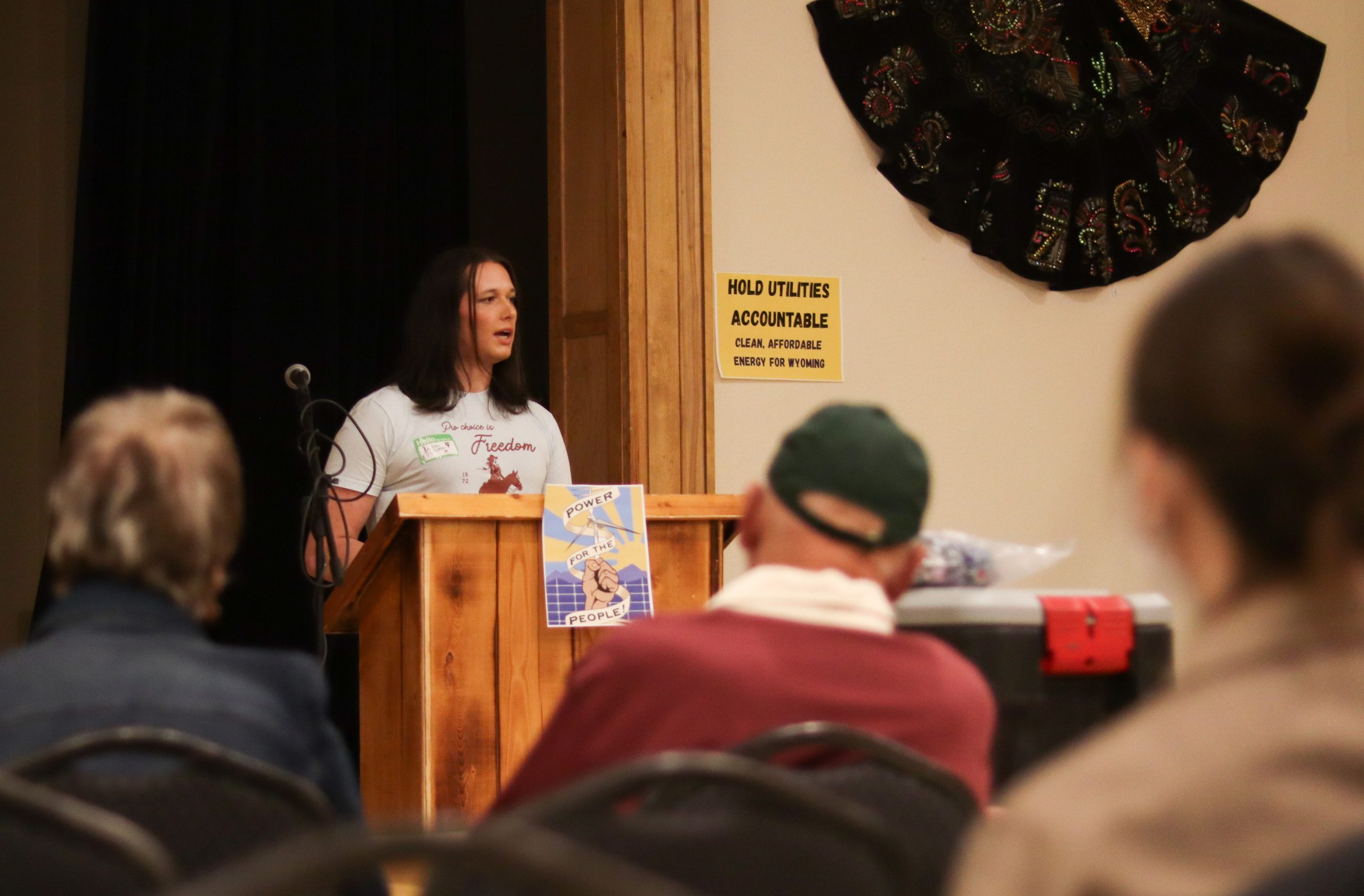LARAMIE, Wyo. — Wyoming residents and advocate groups are urging the governor-appointed Public Service Commission to reject Rocky Mountain Power’s newest plan, arguing the state should not approve any rate increase request that ignores billions in federal clean energy tax credits. Public testimony in Laramie this week warned the utility’s strategy is “trying to hold on to a world that just doesn’t exist anymore,” leaving customers dependent on increasingly obsolete and expensive coal technology.
The plan in question is Rocky Mountain Power’s most recent Integrated Resource Plan, which delays investment into renewable energy until 2030 in favor of supporting carbon capture technology on existing coal plants. The Public Service Commission is responsible for approving requests to increase utility rates if the company’s plan to meet customer demand calls for it.
The core of the opposition, led by public advocate groups like the Wyoming chapter of the Sierra Club, centers on fiscal responsibility and the direct cost to ratepayers. Clean energy tax credits, established under the 2022 Inflation Reduction Act, incentivize the construction of renewable energy sources, but the incentives are set to expire in early 2026.
Sierra Club climate and energy organizer Emma Jones said RMP’s delay could leave about $2 billion in federal tax incentives unclaimed — money that could otherwise reduce energy bills for Wyoming residents.
“We think that their plan is not going to lead to energy that is cheap and reliable for Wyoming customers,” Jones said.
Jones pointed to a past case demonstrating the financial advantage of clean energy: “This is what Rocky Mountain Power themselves has admitted across all states in the 2023 rate increase — wind energy alone saved rate payers like $300 million. And in Wyoming, that was $48 million that was saved —$48 million that like drove energy prices down. If we didn’t have wind energy, we wouldn’t be saving that amount of money.”
Without the tax incentives supporting Pacificorp-owned RMP’s investments, customers on the company’s eastern end of the grid, including Wyoming, may face a higher burden on their utility bills.
A failure to look to the future
The opposition argues RMP is making a strategic error by focusing investment only on extending the lives of coal plants with carbon-capture technology.
Laramie resident Madeline Dalrymple said, “The plan currently focuses their investments in only one legacy technology for generating electricity, which is coal. I have to be honest: I appreciate the power that coal has provided us in the past, but for a robust future — a robust energy future — we need an all-of-the-above energy mix that includes new and less expensive technologies.”
She added that “very little new and clean energy development in Wyoming over the next 20 years” will leave Wyomingites stuck with increasingly obsolete energy technologies.
Tanner Ewalt spoke to the economic risk of a narrow focus: “Right now, our two main exports in this state, coal and oil, are subject to global forces. Anytime OPEC has an issue, people in Wyoming suffer. Anytime coal exports China go down, community members here in Wyoming suffer.
“If we continue to to pitch our future on trying to save a past that will not exist anymore, it will only lead to devastation for us economically,” he said.
Ella Gray added the decision runs counter to the state’s values: “It’s odd that Wyoming, a state which holds fiscal responsibility as a point of pride, won’t do the responsible thing and take advantage of tax incentives… It’s not looking at all to the reality of where the market is going, and we are not going to be leaders in our region.”
Laramie resident Kyle Sabourin also said new data centers, especially those in Cheyenne and Casper along the Interstate 25 corridor, will further strain energy demands, compounding the risk created by a non-diversified energy mix.
PSC action sought
The PSC, made up of commissioners hand-picked by Gov. Mark Gordon, is the state body tasked with approving RMP’s requests to increase utility rates. While the commission has not yet met with RMP in 2025, the utility is expected to submit its IRP — likely with an accompanying request for a rate increase — in the future.
Public testimony, like that collected in Laramie on Oct. 29, is intended to influence the PSC when the rate case hearing is eventually held.
Jones hopes the independent testimony will be enough to sway the commission.
“The ask that we’re making is for the Public Service Commission to not acknowledge the plan; that is our ultimate ask to them. We think it’s a bad plan and I think we want to get people — I don’t think you have to be an expert on energy issues — to say, ‘I want affordable energy and I want energy that is clean.’”
A similar case before the Utah PSC was denied, with that commission stating it lacked the statutory authority to force RMP into an expedited clean energy procurement process. However, it noted it would expedite the regulatory process for the power company if it decided to open construction on multiple ‘shovel-ready proects’ identified around the state.
The Wyoming Sierra Club is hopeful for a different result in this state.





